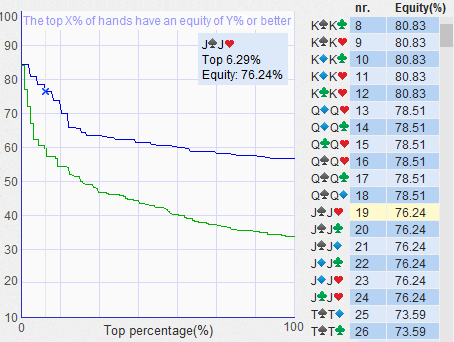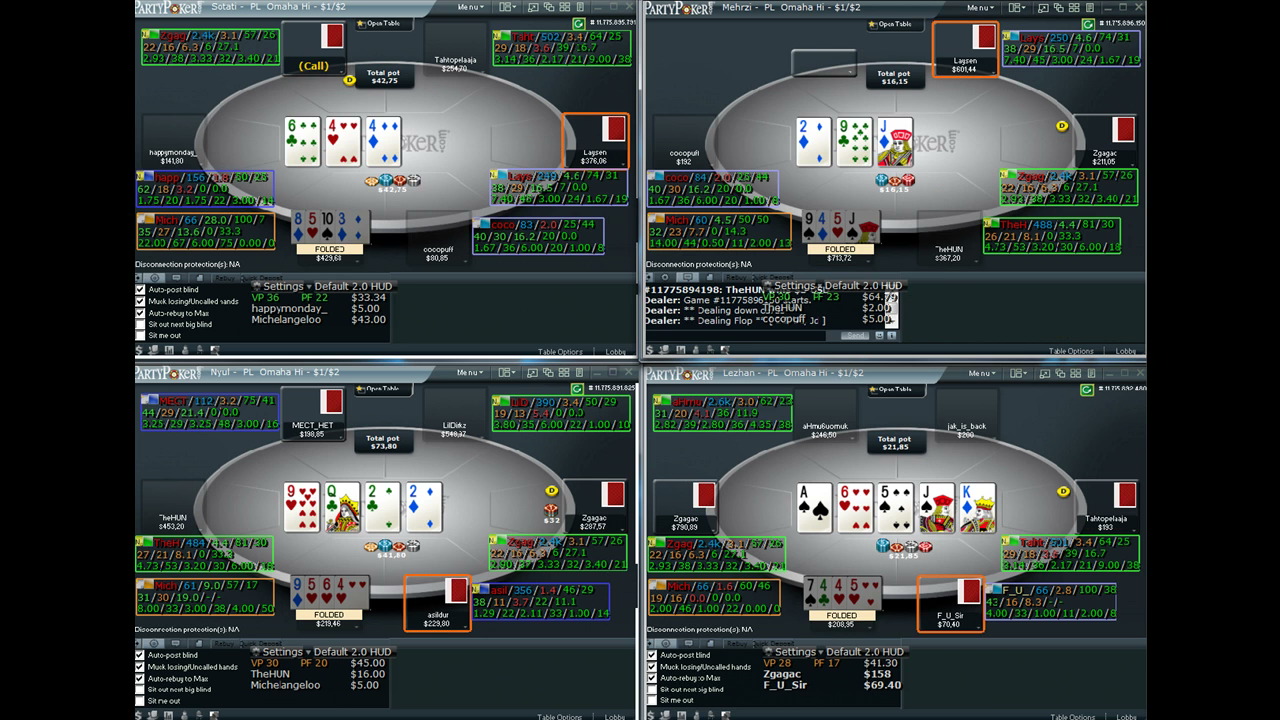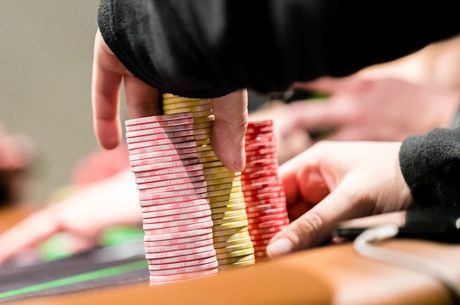Poker is a game based on probability and so the statistics are clear cut when it comes to which are the best Texas Holdem starting hands. Everyone knows that pocket Aces is the strongest starting hand in Texas Holdem and that there aren't many situations where you are going to fold these regardless of the situation.
- Poker Starting Hand Selection Chart
- Poker Starting Hand Selection Position
- Poker Starting Hand Selection Strategies
- The starting hand table may look to be very strict, but this is simply a rough guide to help beginner players find their feet in Texas Hold'em. After you start to learn the game and become more experienced, you can start to open up your starting hand selection to incorporate different hands in different situations. However, if you are a new.
- Starting with the strongest set of hands that you can be dealt in group 1, the hands get progressively weaker working down the table until the virtually unplayable hands in group 9. The rough idea is that a hand in one group has roughly the same value and can be played the same way preflop as any other hand in that group.
- There are exactly 169 possible starting hands in a game of Texas Hold'em Poker.The most famous ones of all are the goodies – the pocket Aces, the A-K suited, or even the worst possible 7-2 off-suit, things of this nature. But my favorite texas holdem starting hands is 9-10 suited.
The Hutchison Point System for Texas Holdem is an excellent beginners guide to starting hand selection. While learning this system will not make you a favorite at next year's World Series of Poker, it will most definitely give the new Texas Holdem player an idea of the value of the pocket cards he or she is holding.
Why is this important? The main reason players lose money in poker is because they play too many cards. This system limits the number of starting hands to cards that have a much better than average chance of winning. While this guide will not help you with many aspects of Holdem, including flop, turn and river play, it will simplify the process of which cards to hang onto and which to dump before the flop. This, in my opinion is the biggest challenge for players new to the game, and thusly a good edition for the general strategy section.
The Hutchison Point System
After being dealt your pocket pairs, assign the following values:
Ace = 16 points
King = 14 points
Queen = 13 points
Jack = 12 points
Ten = 11 points
All other cards are worth their 'face value.' (ie. 5 of hearts is worth 5 points, etc)
Additional Qualifiers:
Pocket Pair = +10
Same Suit = +4
Connected = +3 (ie. 9-10, or Jack-Queen. No gaps.)
One Card Gap = +2 (ie. Jack-King)


Two Card Gap = +1 (ie. Jack-Ace)
What the numbers mean:
If your total is:
Poker Starting Hand Selection Chart
30+ Premium cards, that can be played from any position, if there are no raises.
27+ These cards can be played from Middle or Late position, provided there are no raises.
25+ Should only be played from late position, if there have been no raises.


Two Card Gap = +1 (ie. Jack-Ace)
What the numbers mean:
If your total is:
Poker Starting Hand Selection Chart
30+ Premium cards, that can be played from any position, if there are no raises.
27+ These cards can be played from Middle or Late position, provided there are no raises.
25+ Should only be played from late position, if there have been no raises.
To raise or call a raise, you should have a point total of:
34+ In early position
Poker Starting Hand Selection Position
31+ In middle position
29+ In late position
Examples
Ace-Ace: That would be 16+16 for the two aces, and an additional +10 for their being a pocket pair. Thats a total of 42 points. Obviously strong and playable!
Queen-Jack suited: 13 + 12 for the cards, +4 for suited, +3 since they are connected. A total of 32. You could call the big blind with this hand in any position, but if there is a raise, you should only call the raise in middle or late position.
10-6 suited: 11 + 9 for the cards, +4 suited = 24 points. Fold them! This is a perfect example of a hand that many beginning players will call with, hoping for a flush or miracle straight draw. They will almost always lose, and even when the straight or flush is made, there is good chance that a higher straight or flush will take the pot.
Hutchison Statistics
The creator of this formula states that in simulations, only playing 30 point hands yielded a win rate of 17% in a 10 handed game where every hand is played to the river. Obviously, if you played every random hand, you would have an average win rate of only 10%. Thats a 70% increase.
In conclusion, one should note that the game of Texas Holdem is extremely complex, and a simple formula such as this certainly does not do justice to all of the other variables that determine winning and losing players. But even given the complexity of the game, it cannot be emphasized enough that the #1 mistake that beginners make is playing too many hands. If you have only lost money so far in Holdem, this is almost certainly at the root of the problem!
The Hutchison Point System makes starting hand choices much easier to decide upon and should result in a much healthier bank roll for the beginner in low limit holdem.
Poker Starting Hand Selection Strategies
For the full article and disclaimers by Edward Hutchison, click the following link:

